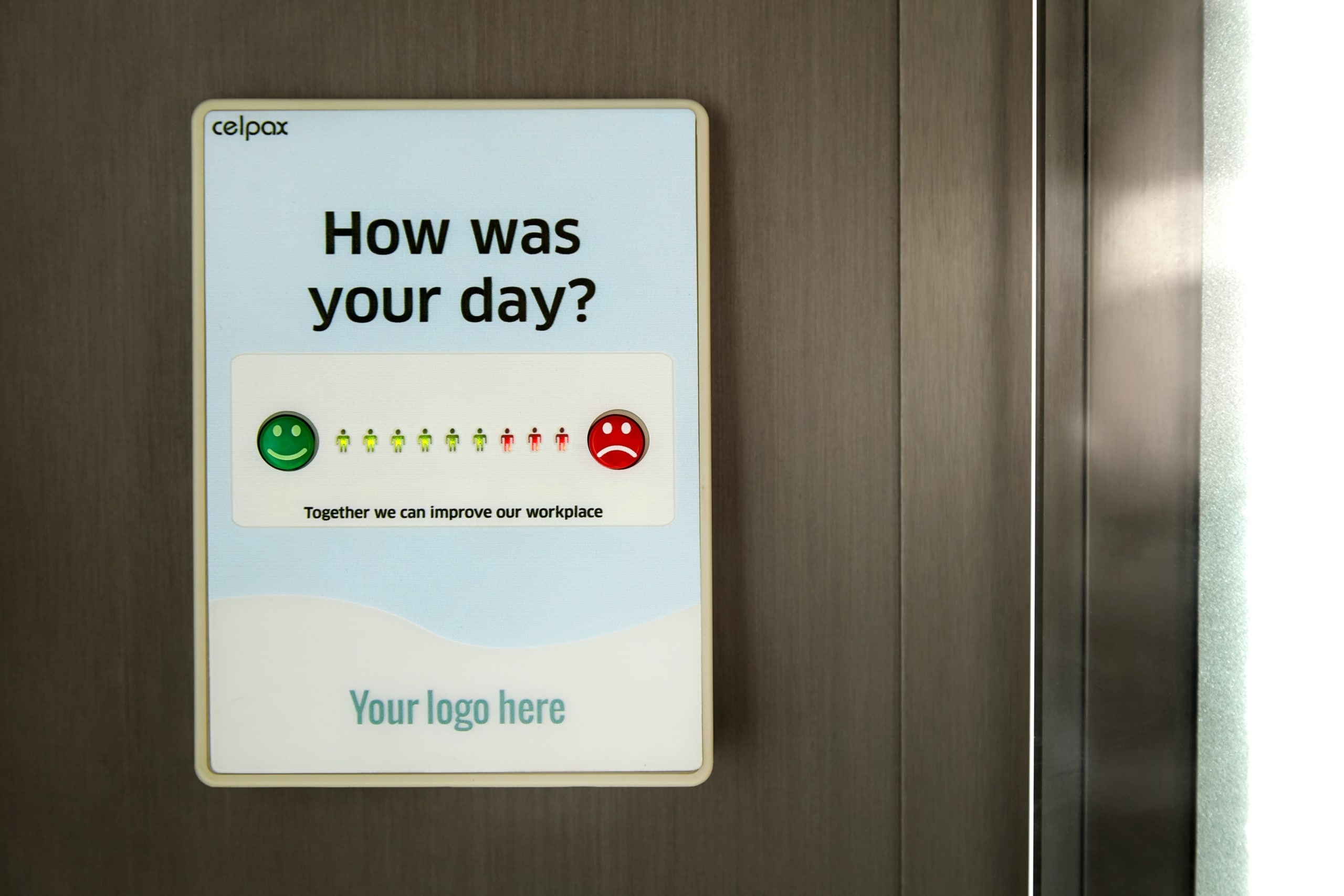“`html
Understanding the Sense of Monotony
Monotony, defined as the relentless cycle of sameness, can often leave individuals feeling as though they are merely “going through the motions.” This phenomenon is not uncommon and can affect people at various stages of life and in different professions. When daily activities become routine to the point of predictability, a sense of emptiness and lack of fulfillment may take root. The psychological and emotional impacts of such monotony are significant, potentially leading to low motivation and a general sense of dissatisfaction.
People often find themselves ensnared in these repetitive cycles due to various factors, including societal expectations, personal responsibilities, or even the innate human tendency to seek comfort in familiarity. However, this comfort can quickly transform into a cage, stifling creativity and enthusiasm. For instance, an employee performing the same tasks daily without variation may experience a decline in job satisfaction, leading to decreased productivity and potential burnout.
The emotional toll of monotony is profound. Feelings of emptiness and stagnation can pervade one’s life, impacting overall well-being and mental health. The monotony trap is not exclusive to any one age group or profession; it is a universal challenge that can arise in diverse settings, from the rigid routines of factory work to the repetitive tasks of white-collar jobs, and even in the daily rituals of homemaking.
Recognizing and acknowledging the prevalence of monotony is a pivotal step towards initiating change. Understanding that these feelings are common and valid can provide comfort and a sense of shared experience. It opens the door to exploring deeper meanings and seeking out more fulfilling pathways. Whether through small changes in daily routines, seeking new challenges, or redefining personal goals, acknowledging the sense of monotony is the first crucial step in breaking free from it and pursuing a life rich with purpose and meaning.
Identifying Your Core Values and Passions
Understanding one’s core values and passions is a pivotal step in finding deeper meaning in life. This self-reflection process involves a journey inward, examining what drives and fulfills you on a fundamental level. By unveiling these intrinsic motivations, you can link your daily activities and long-term goals with what truly matters to you, ensuring a more purposeful existence.
One practical way to begin this exploration is through journaling. Set aside time each day to write about moments when you felt most alive and satisfied. Detail the circumstances, the people involved, and your feelings. Over time, patterns will emerge, revealing what you value most and what passions you may wish to pursue further.
Meditation is another beneficial exercise. This practice encourages mindfulness—a state of being fully present and engaged. Through regular meditation, you can clear mental clutter and gain insight into your deepest aspirations. Focus on your breathing, and allow thoughts and feelings about what brings meaning to your life to surface naturally.
Additionally, talking with a mentor can provide valuable perspective. A mentor, whether a professional advisor, a coach, or a sage friend, can offer guidance based on their experiences. They may recognize talents and passions that you have yet to identify, and their insights can help you align your activities with your core values.
Aligning daily activities with core values requires intentionality. For example, if a person values creativity and artistic expression, they might dedicate time each day to activities like painting, writing, or music. Someone passionate about helping others might volunteer with local charities or pursue a career in social work. These actions must resonate with what is personally meaningful.
Consider the story of Jane, who discovered her passion for environmental conservation through volunteering at a local park. This involvement led her to a career in sustainable development, where her work continually aligns with her core values. Similarly, John, who always enjoyed mentoring, transitioned from a corporate role to starting his own consultancy firm focused on leadership training and personal development.
In essence, identifying and engaging with your core values and passions is a transformative process. It connects you to a deeper sense of purpose, steering you towards a life of fulfillment and meaning. Through practices like journaling, meditation, and mentorship, this alignment becomes a powerful foundation for a more enriched and purposeful life.
Setting Meaningful Goals and Creating Action Plans
In the quest to break free from the grip of routine, setting meaningful goals is pivotal. Defining clear objectives not only provides direction but also fuels motivation, ensuring that personal and professional pursuits align with one’s deeper values and passions. An effective tool to aid in this endeavor is the SMART goals framework, an acronym for Specific, Measurable, Achievable, Relevant, and Time-bound.
The first step in the SMART goals approach involves making objectives specific. Vague ambitions are replaced by clear, unmistakable targets that outline precisely what is to be achieved. Measurable goals, the second component, entail instituting criteria to track progress and determine when the goal has been successfully met. This quantitative aspect is crucial for maintaining focus and celebrating milestones along the way.
Goals should also be achievable, meaning they are challenging yet attainable. Setting the bar too high can lead to frustration and disillusionment, while goals that are too easy may fail to inspire. Relevance of the goals ensures that they matter to the individual and align with broader life aspirations, cementing their importance in the grander scheme of things. Lastly, time-bound goals are anchored within a specific timeframe, promoting a sense of urgency that can spur action and prevent procrastination.
Both short-term and long-term goals play indispensable roles. Short-term goals act as stepping stones, providing immediate targets and quick wins that build momentum. Long-term goals, on the other hand, cater to overarching aspirations, ensuring sustained focus over time. When both types are harmoniously integrated, they compose a balanced roadmap towards significant achievements.
Creating actionable steps is vital for transforming goals into reality. This entails breaking down each goal into manageable tasks, setting deadlines, and establishing accountability mechanisms. Regularly reviewing and adjusting these steps keeps the plan dynamic and responsive to changes and challenges. Staying motivated over the long term can be daunting, so it’s important to celebrate small victories, seek support from mentors or peers, and remind oneself of the intrinsic value of the goals.
Consider the story of Jane, a corporate professional who felt unfulfilled despite her successes. By employing the SMART framework, she set a long-term goal of transitioning into a more meaningful career in environmental sustainability. She identified specific courses to take, measurable milestones such as certifications, achievable tasks like volunteering, relevant networking within the field, and a time-bound schedule to make the shift within three years. Today, she enjoys a career driven by passion and purpose.
Setting meaningful, actionable goals is a cornerstone for breaking free from monotonous routines, paving the way for a life imbued with deeper meaning and fulfillment.
Cultivating Mindfulness and Gratitude
In an increasingly fast-paced world, cultivating mindfulness and gratitude offers an avenue for finding deeper meaning in everyday life. Mindfulness, defined as the practice of bringing one’s full awareness to the present moment, allows individuals to fully experience situations without judgment. Techniques such as meditation, mindful breathing, and mindful walking serve as gateways to achieving mindfulness. A growing body of scientific evidence supports that regular mindfulness practices improve mental health by reducing stress, anxiety, and depression, while also enhancing overall well-being and satisfaction.
Meditation stands as one of the most accessible and effective mindfulness techniques. By dedicating merely five to ten minutes each day to seated meditation, individuals can practice focusing on their breath, gradually noticing improvements in attention and emotional regulation. Similarly, mindful breathing can be integrated seamlessly throughout the day, even during routine activities. This involves taking a few moments to pause, breathe deeply, and center oneself. Mindful walking, on the other hand, encourages savoring each step and appreciating the subtle changes in the surroundings, ultimately fostering a deeper connection with nature and the external world.
Adding to the benefits of mindfulness, gratitude practices are equally impactful in finding more meaning in life. Gratitude journaling, where one writes down things they are thankful for, has been shown to boost positive emotions and resilience. Not only do these practices shift attention from negative thoughts to positive experiences, but they also engender a sense of fulfillment and contentment. Research indicates that individuals who consistently practice gratitude are likely to experience better physical and mental health, improved relationships, and a higher sense of overall happiness.
For those with busy schedules, incorporating mindfulness and gratitude does not require a dramatic lifestyle change. Simple steps such as setting a daily intention, taking mindful breaks, or consistently maintaining a gratitude journal can be remarkably effective. Acknowledging the small moments of joy, like a warm cup of tea or a kind word from a colleague, cultivates a mindset of appreciation. Ultimately, being present and grateful leads to a more profound connection with life’s daily experiences, thereby enriching the journey towards deeper meaning.




